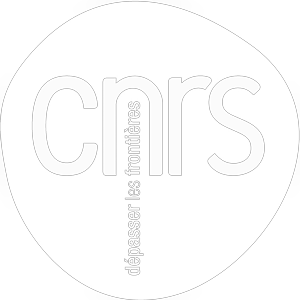Investigating processes affecting wintertime air pollution variability and estimating contributions of power plant emissions relative to the surface in the stratified Arctic boundary layer
authors
document type
COMMabstract
The Arctic is warming rapidly compared to the global average. As Arctic warming continues, urbanisation and industrial activities are predicted to increase, along with complex climate and ecosystem feedbacks. Therefore, local sources of air pollutants are expected to play an increasingly significant role in Arctic environmental changes in the coming years. Poor air quality is already a growing public health issue in Arctic and sub-Arctic cities. During wintertime, stable meteorological conditions and the persistence of strong surface-based temperature inversions suppress the dispersion of pollutants, which accumulate due to enhanced emissions linked to high energy demands. Fairbanks, in central Alaska, is an example of a sub-Arctic city that suffers from acute wintertime pollution episodes. The city’s topography (situated in a basin), strong stratification of the Arctic boundary layer (ABL), and high emissions, primarily from domestic heating at the surface, and power plant stacks aloft, are known to contribute to the problem. However, interactions between vertical stratification of the ABL and dispersal of pollutants from surface and elevated sources are poorly quantified due to a lack of observations and complexities of the ABL structure and dynamics. To address these uncertainties, comprehensive atmospheric composition and meteorological measurements were collected at the surface, and vertical profiles were obtained using a tethered balloon during the international ALPACA (Alaskan Layered Pollution and Chemical Analysis) field campaign in January and February 2022. Here, we explore the contribution of power plants and surface emission sources to pollution concentrations in the Fairbanks region. We use the FLEXPART-Weather Research and Forecasting (WRF) Lagrangian particle dispersion model, driven by meteorological fields from US Environmental Protection Agency (EPA) WRF simulations including data assimilation of meteorological observations, to simulate the evolution of selected emission tracers. Hourly power plant and sector-based surface EPA emissions at 1.3km resolution during ALPACA 2022 are included in the model runs. A novel model parameterisation of power plant plume injection heights accounts for the ABL structure, notably surface-based and elevated temperature inversions. Model results are evaluated against available observations from ALPACA 2022, and sensitivity to, for example, emissions and vertical mixing is explored. The simulation of pollution plume altitudes is significantly improved when ABL stratification is taken into account in the plume rise parameterisation since inversion layers can trap plumes. Variability in modelled surface pollutant concentrations is predominantly driven by meteorology, and the ability of the model to capture surface-based temperature inversions (as low as 10m). A cold-temperature dependence for NOx vehicle emissions, currently missing from the EPA emission inventory, is required to reproduce the magnitude of observed NOx surface concentrations at low temperatures below 0°C and needs to be considered in future emission inventories in the Arctic, and potentially in other wintertime environments. Finally, using the most realistic simulation, we estimate the contribution of power plant emissions to surface pollution in the Fairbanks region, addressing an important policy question. The results indicate preferential areas for downward transport of pollution from aloft and larger contributions to surface pollution under less stable meteorological conditions.



